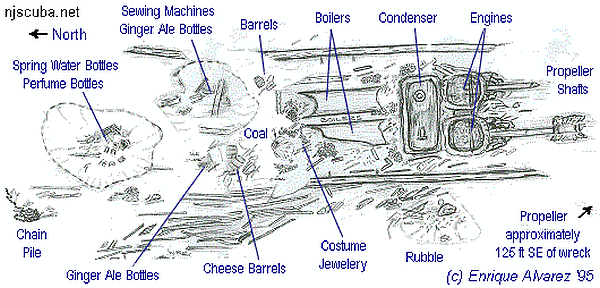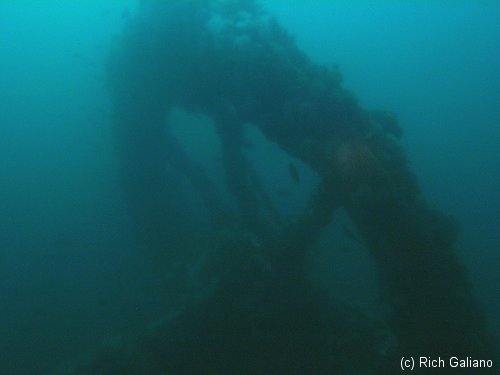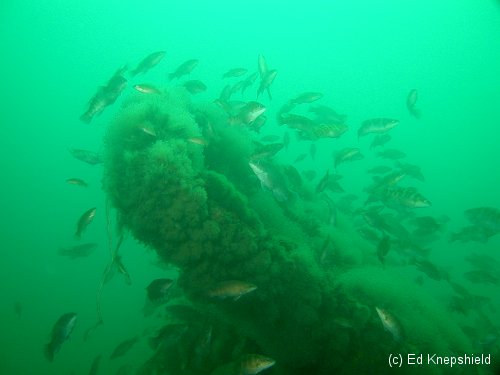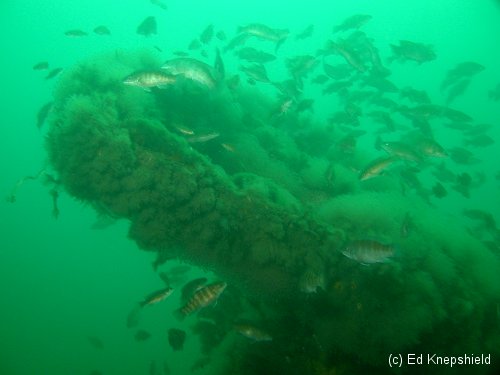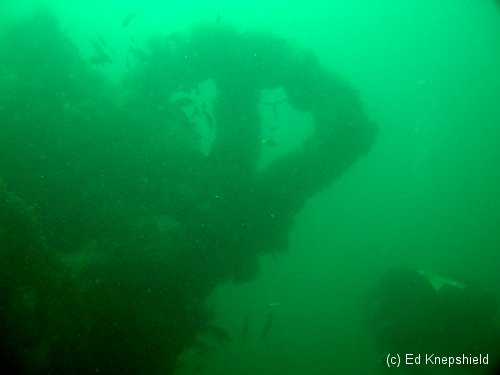Propellers, Shafts & Rudders
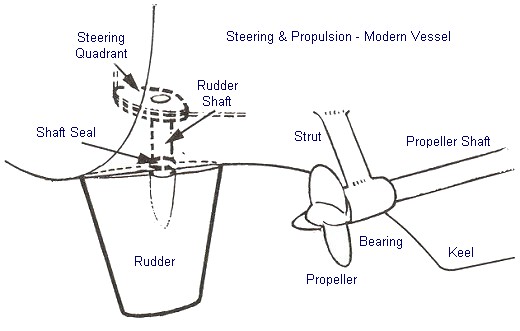

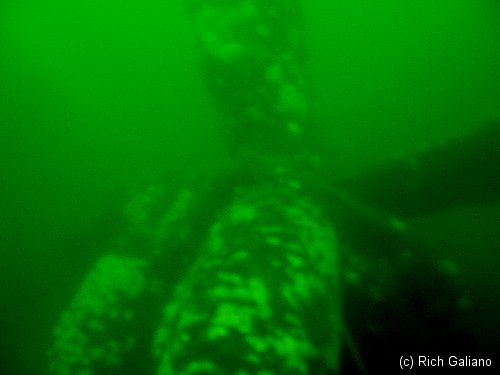
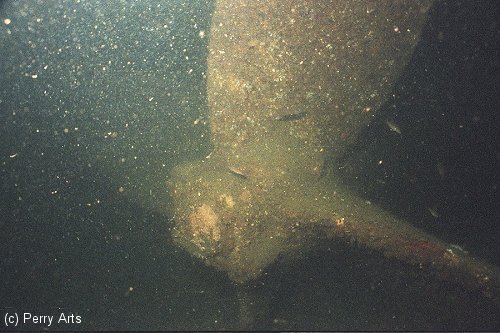
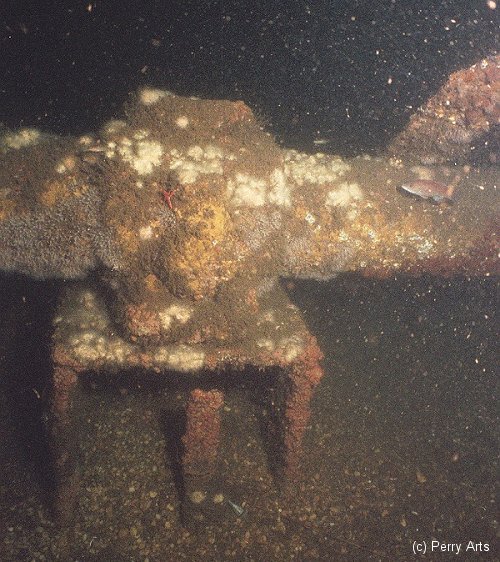
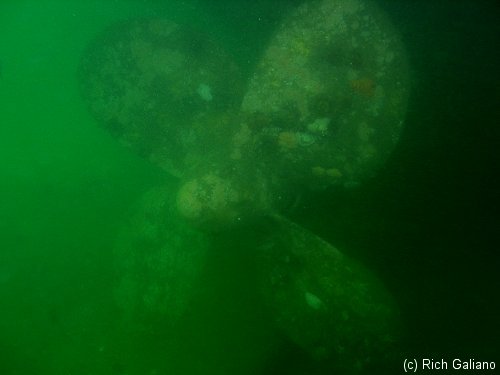
Breaking a propeller shaft at sea can be a disaster. The propeller stops turning and becomes a drag, while the vessel's momentum carries it forward. The propeller slams backward, extracting the broken shaft and often mangling the rudder. This leaves a large hole open in the bottom of the vessel, directly into the bilges and machinery spaces. On a large vessel with a deep draft and a large shaft, the water comes in like a fire hose - uncontrollable.
The engine is soon disabled, and along with that the pumps, which in any case are probably not big enough to keep up with this magnitude of flooding. The outcome may take several hours, but it is inevitable unless maybe the Coast Guard can fly out a special de-watering pump on one of their big helos. Unlike a collision, storm, or rogue wave, there is usually plenty of time for an orderly abandon-ship, and there are seldom casualties if rescue is available.
